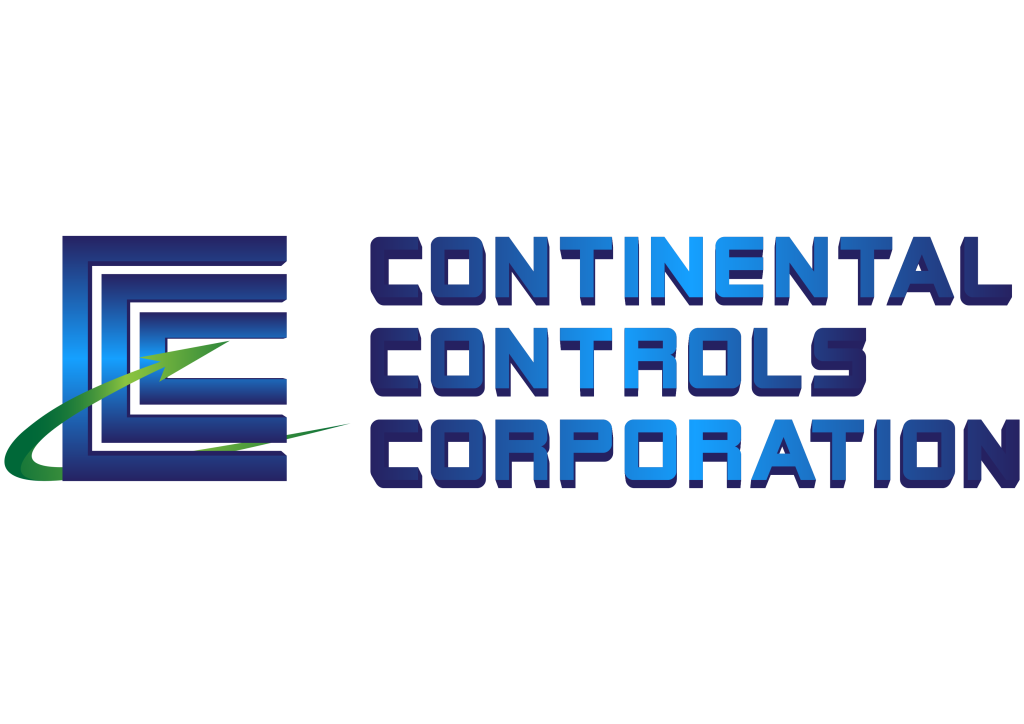Since 1968, Continental Controls Corporation has been providing innovative control solutions for gas turbines and gas engines, including fuel control valves, electronic carburetors, ignition systems and catalyst monitors.
All CCC fuel control products include onboard CPUs and embedded software to operate in either a pressure- or flow-control mode. These advanced electronic valves provide fast, accurate and reliable fuel control for turbines and gas engines of all sizes.
CCC has worked closely with equipment manufacturers and end users for nearly half a century to develop products that solve their most difficult issues. Recently, for example, it has created an air fuel control system for gas engines that provides continuous automatic emissions reduction that even complies with California’s stringent new rules.
Continental Controls is a closely held California corporation, led by co-founder and president, Ross Fisher.
Company history
Continental Controls Corporation was originally co-founded in 1968 by the current president of the company, Ross Fisher. The company established a prominent place in the gas turbine industry by developing speed and temperature monitors and then fuel control modules used primarily with solar turbine engines. These controls became known as solar ‘Black Boxes’. In the early 1970s CCC developed innovative electronic controls for gas turbine compressor applications, a generator set control system that became known as a KS Gen Set and was used by telephone companies at more than 350 locations, and a very early control system for reciprocating engines. Mr. Fisher was responsible for the design and development of all of the CCC products during this time.
In 1979 CCC was sold to The Bendix Corporation but continued to operate as Continental Controls/Bendix. In 1989, Mr. Fisher left Bendix and acquired the rights to the Continental Controls name as well as the rights to manufacture the Black Box products that he had developed. CCC now continues to offer both new and refurbished Black Boxes, as well as the latest in turbine control systems and advanced gas and liquid fuel metering valves.
Gas turbine product line
CCC has a range of products for both gas turbines and reciprocating engines. For gas turbines, its AGV line of fuel metering valves can meter fuel for turbines in the range of 850HP all the way up to 60,000HP. These all electric fuel valves have a high turndown ratio and built-in flow measurement. By providing an internal mass flow calculation, the valve is able to ensure accurate fuel flow even with changes in supply, back pressure or changes in ambient air temperature. There is also a model specifically designed to meet the demanding requirements of a pilot valve in a dry low NOx application.
For dual fuel gas turbines, CCC makes the ALV 10 liquid fuel metering valve for turbines from 250kW to 35MW. The ALV allows turbines using AGV valves to switch on the fly between liquid and gaseous fuels.
The TI-100 high-energy ignition system, which included an exciter and an igniter, provides reliable light offs for liquid and gaseous fuels. Unlike ignition systems that use spark gaps which decline over time, the TI-100 increases its spark intensity as the igniter tip wears. And, of course, CCC still manufactures the Black Boxes, with more than 60,000 of these control units build and sold over the last 35 years.
Reciprocating engine product line
CCC also makes components to control the fuel for reciprocating engines that help them meet emissions control requirements. The ECV 5 is a complete emissions control system that can be configured for controlling either rich burn or lean burn engines. It has a full authority fuel valve and fully automatic air/fuel control with onboard diagnostics, enabling it to maintain emissions compliance even with changes in heating value or load.
The EGC2 and EGC4 electronic gas carburetors precisely control the air/fuel ratio on gas engines from 10HP to 500HP. Whether running in a rich burn mode with a catalyst or lean burn, the EGC automatically maintains the desired air/fuel mix at any engine load.
The GV1 includes an integrated pressure transducer to measure the gas injection pressure and a voice coil actuator to regulate the gas flow to maintain pressure at its set point.
The VM-350 mixing venturi replaces mechanical carburetors and improves the air and fuel mixing. It maintains the constant air/fuel ratio under changing load and has no moving parts, which simplifies maintenance.
CCC also manufactures a catalyst monitor and data logger for non-selective catalytic reduction (NSCR) or oxidation catalysts. These units can simply monitor and record information or can automatically adjust the air/fuel ratio to help maintain emissions compliance over a longer period of time without human intervention.
A new standard for ultra-low emissions
Recently, CCC has demonstrated that its engine control products can achieve ultra-low emissions to meet and maintain stringent SCAQMD distributed power generation requirements. The demonstration was conducted with funding from the California EnergyCommission’s (CEC) Public Interest Energy Research program (PIER). After laboratory testing, the equipment was installed on a combined heat and power system at Fontana Wholesale Lumber (FWL).
The concept of using a NOx sensor to maintain the ideal set-point to optimize the emissions reduction from an NSCR catalyst is quite novel and CCC has applied for a patent on the system and method. NOx sensors have been used to try to minimize NOx from lean burn engines but this is the first product to use it on a rich burn engine with a NSCR catalyst.
All of CCC’s emission control valves now have CAN Bus communications which allows for multiple devices to communicate on the same Bus. This puts the fuel valves, the NOx sensor and the cat monitor all in constant communication allowing for some new and unique control architecture.
The cat monitor logs data related to emissions control and has the ability to report that information back to a central control office via Ethernet TCPIP or via cell or satellite modem for remote locations.

